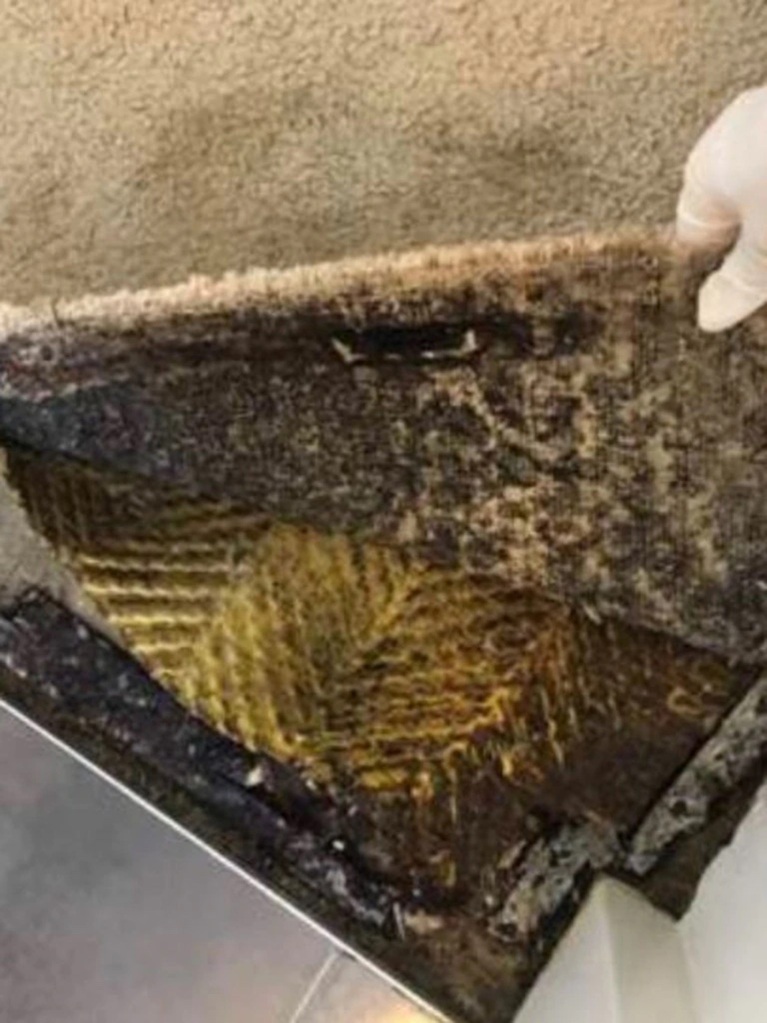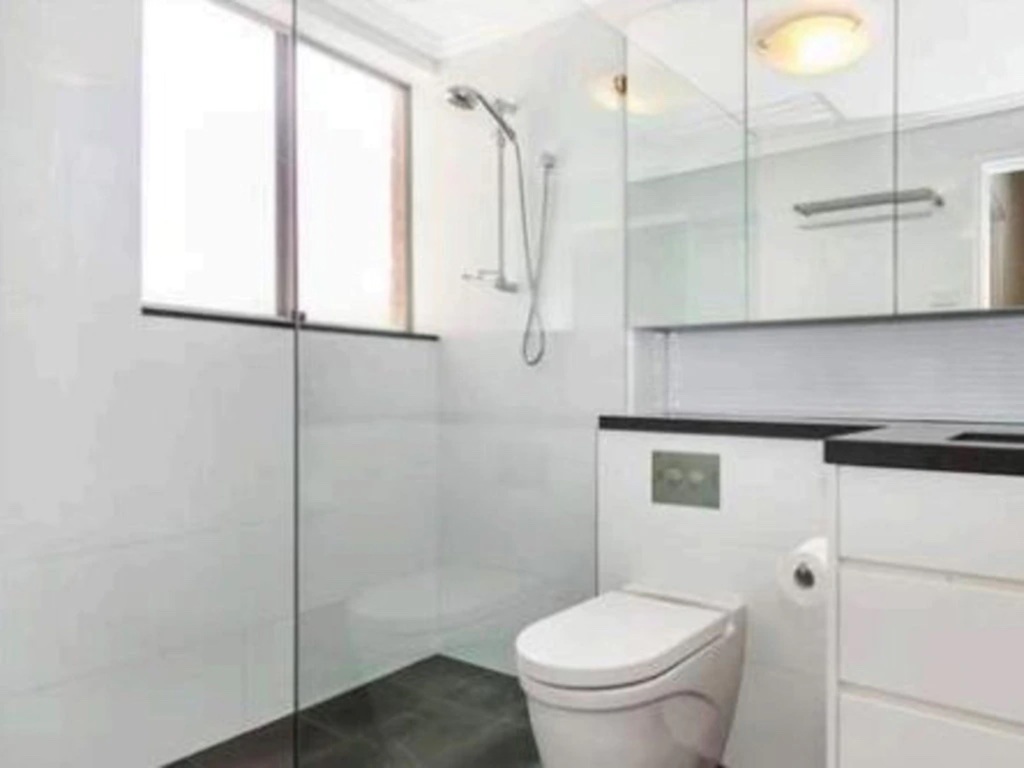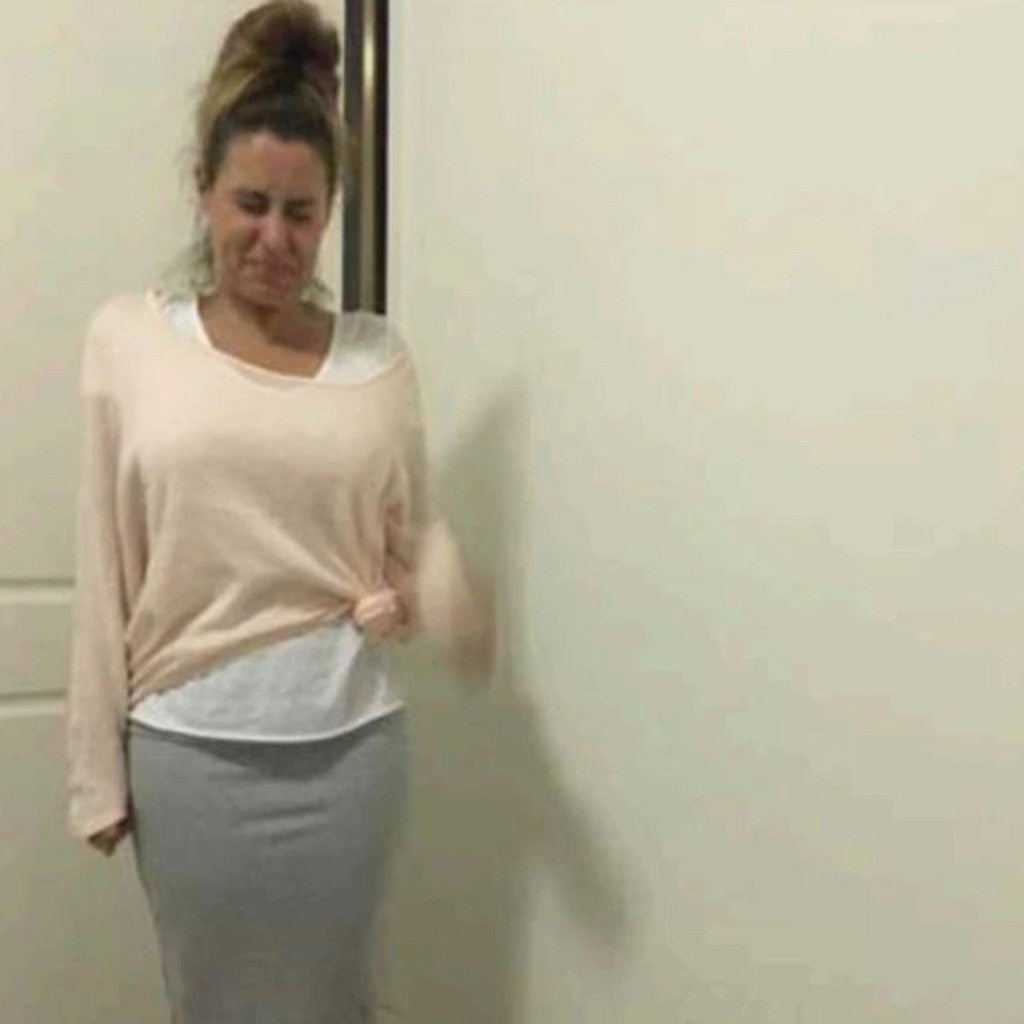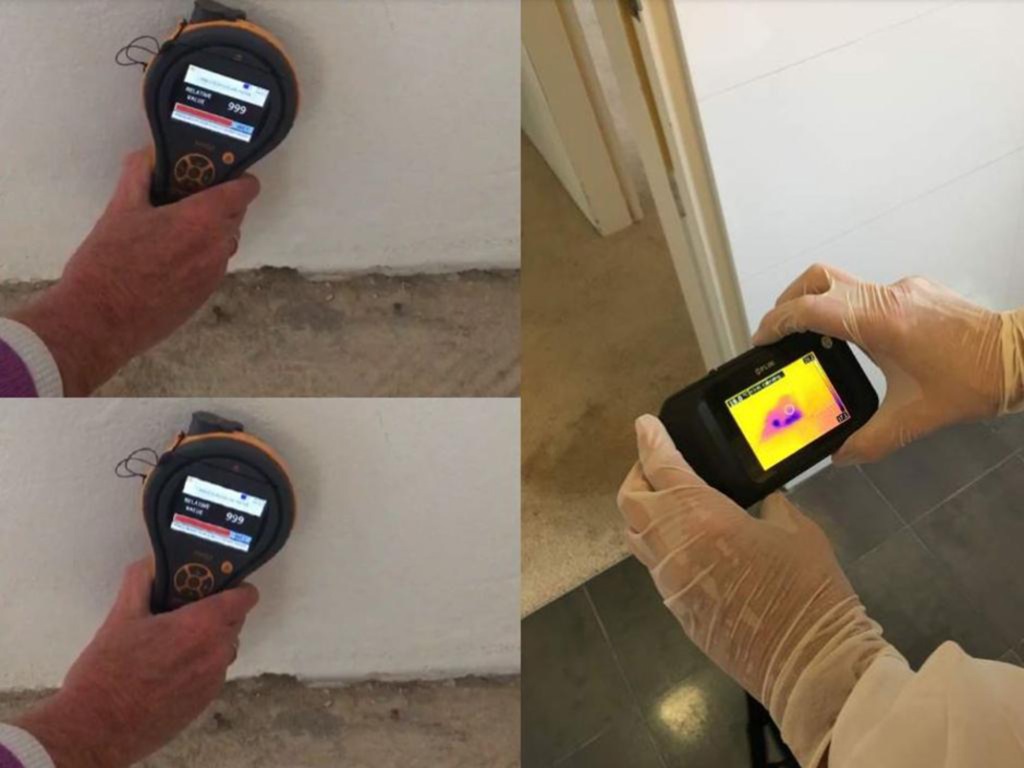Hidden home problem left ‘perfectly healthy’ 37-year-old woman with dementia
An Australian woman has revealed how a secret mold infestation in her Sydney home led her to being diagnosed with dementia and even forgetting her own name.
The constant wet weather that has plagued Australia’s east coast over the past 18 months means many residents are now acutely aware of just how quickly mold can take hold in the home – and how difficult it can be to get rid of.
While most people understand that mold is detrimental to our health, it is hard to know just how much of an impact it can have until you experience it first-hand.
Amie Skilton is one of the 25 percent of the Australian population that has a genetic vulnerability to mold toxins, meaning exposure to mold sets off a huge inflammatory response in her body and can even lead to organ damage.
However, the 42-year-old only found this out five years ago following a horrific experience with a moldy apartment in Manly.
Skilton, then 37, moved into the apartment in 2016 with her now-husband.

At the time she was “perfectly healthy”, having just completed a 9km fun run, been in the US twice to speak at two conferences and delivering 39 keynote addresses in the six months prior to moving in.
“My brain was fine and my body was fine,” Skilton, who works as a naturopath and nutritionist, told news.com.au.
What she and her partner didn’t know was that the waterproofing in the shower was messed up during a recent renovation and, as a result, water was leaking under the carpet and through the apartment every time it was used.
“I started getting sick, noticeably sick, about two months in,” she explained.
“It may have taken that long just because it was over summer and it was really sunny, we always had the windows open and we never registered that there was a leak at all.”
The result of the secret mold problem was a “systematic breakdown” of Skilton’s body.

“The first symptom that I noticed were allergies, chronic allergies, and I put on like 10 kilos out of nowhere,” she said.
“I’m also a nutritionist and literally been the same weight my whole life. I put on 10 kilos in a matter of months and had really bad fatigue.”
Over the course of a few months her brain functions also started to decline.
She had trouble focusing and working and, when she was in the depths of her illness, she was referred to a neurologist who diagnosed her with type three Alzheimer’s disease, also known as inhalational Alzheimer’s.
As it progressed, simple things like leaving the house would become an arduous task because she would forget where her keys were and once she found them an hour later she would have misplaced her phone.
“Some days I couldn’t figure out how to get dressed. I would look at clothes and I just be really confused as to like how to put them on,” she said.
Skilton had a Vespa that she would ride down to the local shops, but while she was out she would forget where she parked and when she finally found her bike the keys would be in the ignition.
But the scariest symptom she had was the day she couldn’t recall her own name.
“I went fill out a form one day and I was staring at the box that said my name and I was like what is it again? I was staring at it, searching for it,” she said, describing the horror of forgetting something so “deeply personal”.

Because she and the doctors she was seeing didn’t know of the growing mold problem in her house, all the tests they did were coming back fine.
She said mold-related afflictions are one of those conditions that not many health professionals are trained in, meaning most people end up being diagnosed with things like chronic fatigue syndrome or fibromyalgia because they have similar symptoms.
She said normal blood tests aren’t enough to show what is actually wrong.
“This is exactly what happened. Everything came back fine, white blood cell counts fine, red blood cell counts were fine,” Skilton said, adding most doctors brushed her off and told her there was nothing wrong with her.
‘Under the carpet there was all this black mold’
Skilton said there were a few serendipitous things that happened at the same time to make her realize that her home could be the cause of all her problems.
For some people, it can take years to be diagnosed, but for her it happened in a matter of months.
She first started realizing something was really wrong in February 2017 and by May, the penny had dropped.
What first tipped her off was an online post from one of her friends explaining how her husband had the mold gene and they just found a leak in their Bondi apartment that had been causing mold and impacting his health.
This prompted Skilton to recall the strata asking if a plumber could check out their bathroom when they first moved in because there was a leak in the garage below and they believed it could be coming from their apartment.
The plumber came and left and they never heard anything again, so, naturally, she thought everything was fine.
Once she remembered this, Skilton called in a building biologist to do an assessment of the unit who mapped out the leak and discovered the water had gone under the carpet and all the way into their bedroom and study.
“The carpet looked totally fine on top but when she lifted it there was all this black mold. When we finally stripped back our mattress cover the mattress was green,” she said.
When she confronted the real estate, they acknowledged they knew the leak was coming from her apartment and had known for five months.
The owner had reportedly been arguing with strata this whole time about who should have to pay to fix the problem.
“So they left us in there knowingly, which is probably the thing that enrages me the most. They knew and it was poisoning us,” she said.

Once she knew all of this, Skilton was able to get the right things tested, which are specific inflammatory markers and a particular group of genes encoded by something called the human leukocyte antigen.
Once she got the results for all of those tests back it became “100 percent clear that, not only was the place leaky and moldy, but also my immune system had reacted in the way we know my genetics would dictate in the face of mold.”
Five years on, Skilton is now living in an un-water damaged home in northern NSW. Her brain function has returned to normal, she has her energy back and she is no longer suffering any of the horrific symptoms she was experiencing.
She is now a qualified Mold Testing Technician and aims to use her knowledge to educate others.
The 42-year-old revealed one of her clients had such a horrific reaction to mold exposure over a number of years that she fell into a coma for three years.
The woman, who also has Lyme disease, lived in a home where the bathroom leaked through her bedroom wall for years.
Mold testing eventually found the home contained not only an enormous quantity of mold, but some of the most toxic strains.
She became so sick as a young teenager that her body eventually began shutting down and she fell into a coma.
Skilton was connected with her when the woman was 27, but the nutritionist said at first she believed she was a child because her body had such a severe reaction to the prolonged mold exposure that it impacted her development.
What do you if you think you are reacting to mold toxins
Skilton said there are two main ways you can go about determining if you have a mold problem in your home that is impacting your health.
“You can either get a building biologist to check your home or a certified mold testing technician. All building biologists have done that training but not all mold testing technicians have gone on to do the rest of the building biology stuff,” she explained.
You can also be tested to see if you have the gene that makes you susceptible to mold exposure, which can usually be done for about $100 or $150 depending on the lab.
“You’re going to see a GP, you would want to see one who is an integrative GP or practices functional medicine,” Skilton said.
While some mold cases are more severe than others, there are some things you can do to keep on top of mold growth in your home.
Beaumont Tiles’ Manager for Adhesive and Tools, Trevor Grindley, said silicone in the bathroom is the main place where mold and mildew start to grow.
this can spread into the grout lines, particularly in wet areas like the shower due to grout’s porous composition,” he said.
“If epoxy grout hasn’t been used, most other grout lines would not resist mold or mildew without using an impregnating sealer which can provide deep and lasting protection with an invisible finish.”
Grindley said bathroom additions like underfloor heating can fight mold by drying out your bathroom.
“Ensuring adequate ventilation is another way to fight mold,” said Grindley.
“If you have an exhaust fan or an open window in your bathroom, this can help to prevent mold growth in your bathroom.”
Read the full article Here


